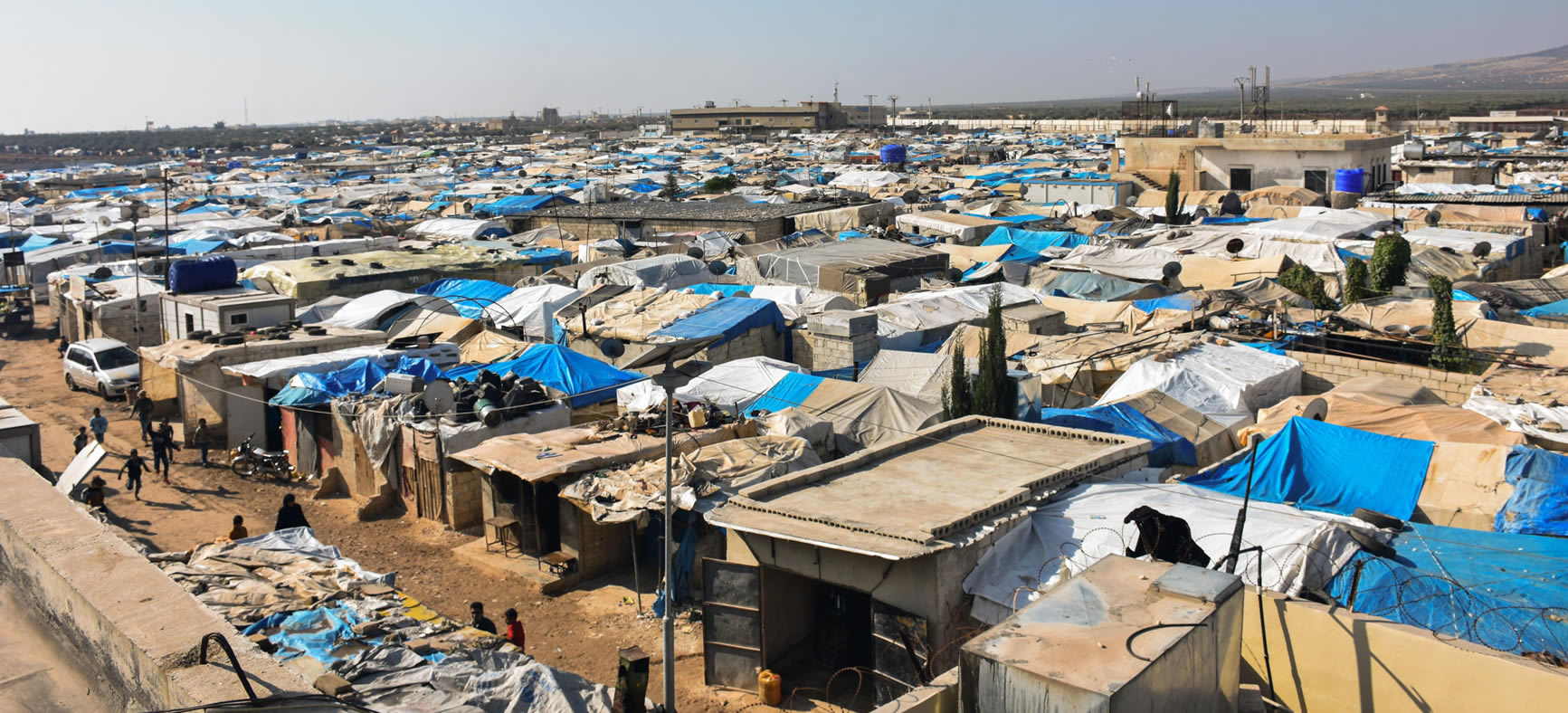This part of the report details the impact of ISIS’ violence and territorial control on six communities across northeast Syria. The chapters are organised with a rough chronology of the anti-ISIS campaign in mind, starting in Kobane, which was where ISIS was dealt a first major, symbolic defeat following initial victories and expansion. Subsequently follow accounts from Hasakeh, Manbij, and Tabqa, then ISIS de facto capital in Raqqa, and Deir Ezzor, where they made their final stand.
There were many similarities between the communities. Each community had stories of violations and human rights abuses, including public executions, massacres, torture, kidnapping, and arbitrary detention. Gender-based or sexual violence, and violations against ethnic and religious minorities were common across northeast Syria. But there were also many differences and nuances in the way ISIS affected each community. Some were never fully occupied; others suffered years of stifling social control. The different ethnic, religious, socio-economic and geographic make-ups of the areas created differences; how the Syrian war played out in the early years in each area did too.
Guided by the testimonies of people in the areas, these chapters tell the unique stories of the ISIS impact in these areas. Each chapter sets out the historical background, the early days of the Syrian war, and how ISIS moved into the communities. It then tells the story of just how much worse life would become under ISIS’ control and how the suffering inflicted will take years to heal.

